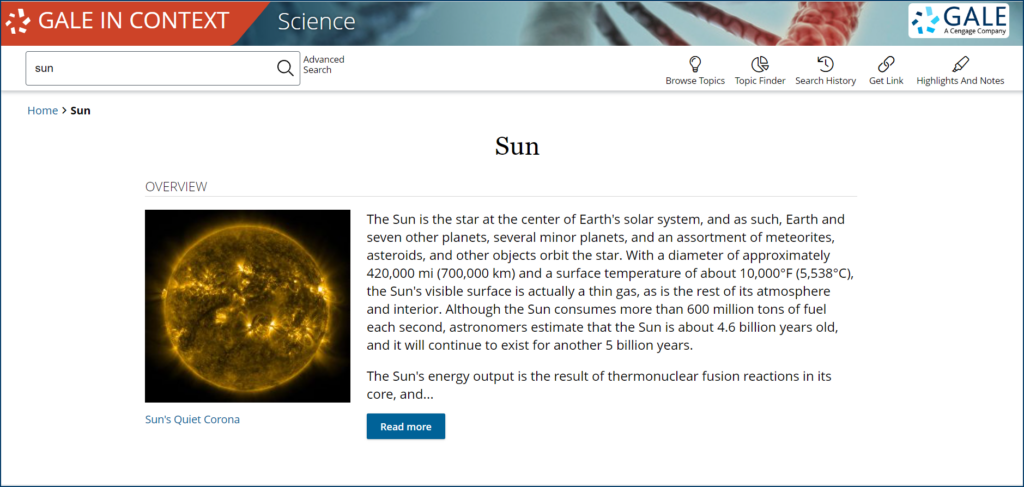| By K. Lee Lerner |
The product of celestial mechanics, Earth’s rotational dynamics, and one’s vantage point, a total solar eclipse will cross swaths of Mexico, the U.S., and Canada on April 8, 2024. It will be the last total solar eclipse visible in the continental U.S. until 2044.
So many people are reportedly planning to travel to areas where totality (apparent full coverage of the Sun by the Moon) can be observed that officials, especially in areas near large metropolitan populations, are warning of massive traffic jams and possible food, fuel, and other shortages.
But those who live outside the zone of totality curving northward from central Texas toward Buffalo, NY, can still participate in this celestial event. One of the things that makes the 2024 solar eclipse unique is that outside the zone of totality, a partial eclipse may still provide a spectacular feast for the eyes, or at least an afternoon light snack (pun intended).
Viewers in Florida may observe the Moon eclipsing 60 to 80 percent of the Sun. Large areas from California eastward may offer views where 40 to 80 percent of the Sun will be briefly covered. Even areas of the Pacific Northwest may see the Moon eclipse a corner of the Sun.
LightSound devices first developed at Harvard University to help the blind and low vision (BLV) community observe the 2017 solar eclipse are now available in many locations, especially viewing sessions sponsored by schools and museums. LightSound devices use sonification, the conversion of energy contained in photons into sound waves to help the BLV community participate and observe in celestial phenomena. Streams of photons strike photovoltaic sensors to produce an electrical signal that can then be translated by algorithms and digital electrical sound boards into sound waves produced by speakers and headphones. As the Moon eclipses the Sun, the musical tones produced will change as the eclipse waxes and wanes.
Within the path of totality during the eclipse, people will catch a rare glimpse of the solar corona (the Sun’s outermost atmospheric layer), which is normally obscured by the brilliance of the Sun. A unique feature of the April 2024 eclipse is that it’s also taking place near what astronomers term the solar maximum of a repeating 11-year cycle of changes to the Sun’s magnetic field and in its sunspot activity.
This heightened activity may allow viewers in the zone of totality to see streamers around the corona, as well as solar prominences shooting up from the solar surface into the corona, where these filaments of plasma composed mainly of electrically charged hydrogen and helium then loop about in the otherwise invisible solar magnetic field.
During totality, a person can safely look directly at the Sun and its corona, but this should not be done outside of totality or during any partial or annular phases in zones of totality. The photospheric surface of the Sun is so bright, its focused image on the eye’s retina can do permanent damage to an individual’s vision, including total blindness. Even viewing the Sun through colored or smoked glass should be avoided, for the filter may pass infrared or ultraviolet light, which is not obvious to the observer but can still do extensive damage. NASA experts warn that “the only safe way to look directly at the uneclipsed or partially eclipsed Sun is through special-purpose solar filters, such as ‘eclipse glasses’ or hand-held solar viewers. Homemade filters or ordinary sunglasses, even very dark ones, are not safe for looking at the Sun.” While specially designed Sun filters may provide viewing safety, the safest approach to looking at the Sun is projecting its image from a small telescope or monocular onto a screen. Pinhole camera viewers may also be used.
If your school or library isn’t a Gale In Context: Science subscriber, learn more or request a trial!
About the Author
Recognized for his use of language, accuracy, and balanced presentation, K. Lee Lerner’s portfolio covering science and global issues for Cengage includes two ALA RUSA Book and Media Awards and two works named Outstanding Academic Titles. Holding degrees in science, education, and journalism, including a master’s degree with academic honors from Harvard, Lerner has served on the board of advisors for the venerable American Men and Women of Science since 2003 and, along with Brenda Wilmoth Lerner, as co-editor for three editions of The Gale Encyclopedia of Science. He was the contributing editor-in-chief for Gale’s Encyclopedia of Espionage, Intelligence, and Security. A member of the National Press Club in Washington, D.C., Lerner is an experienced aviator and sailor who has completed two global circumnavigations. His academia site consistently ranks among those most frequently accessed by students, scholars, and decision makers from around the world. Additional information may be found at scholar.harvard.edu/kleelerner and harvard.academia.edu/KLeeLerner.




